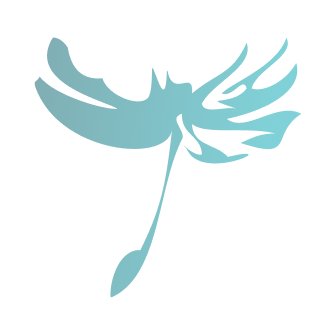Photographer: Andrea Blumtritt | Rights management: Ethnologisches Museum, Staatliche Museen zu Berlin
Attribution - NonCommercial - ShareAlike 4.0 InternationalSmall vessel flute with four finger holes and a short, conical mouthpiece. The lizard-shaped object has an inflated body with two massive feet. There is an eyelet in the neck of the figure, which was used for suspension. The head and body of the sculpted pottery were decorated with bead and knob-shaped overlays. They have an incised and dotted decoration filled with white colour. The object was smoothed, slurried, primed and polished. The restored instrument has many broken and missing parts. The bichrome ceramic has a red-brown base colour. The head of the depicted creature is oversized. Social significance: similar sculptures have been interpreted as ritual objects (Bransford 1881; Bonilla et al. 1987), as pendants or as vessel pipes (Lehmann 1913). Symbolic meaning: in the South American lowlands, caimans were considered the "lord of the fish" and the "bringer of manioc" (Bischof 1982: 14). Lehmann (1913) associates the ceramics with his El Viejo style. Lothrop (1926) discusses the group under the orange-brown ware. Cultural significance: the group is only known from the south of the Gran Nicoya region. Their artefacts were mainly documented in burials. According to the Lehmann catalogue, the object was found half an hour south of Lagartero. (Künne 2004)
Cataloguing data
Depth: 15,3 cm
Width: 6,4 cm










